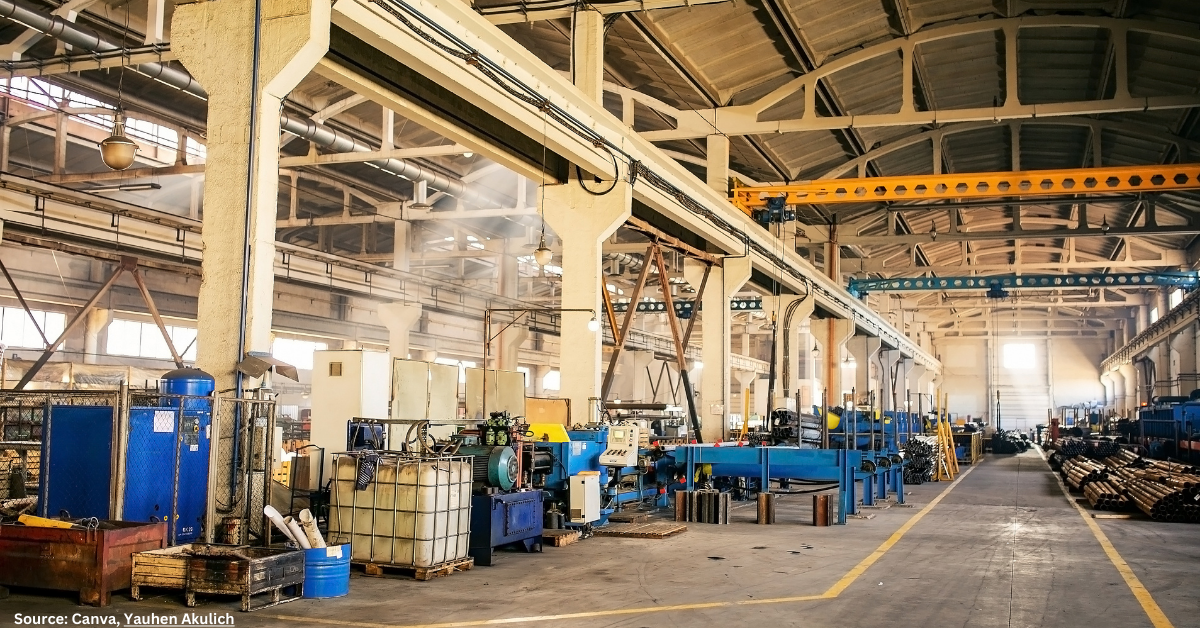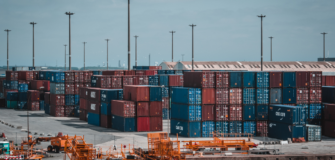The national government will spend more than $1.7 billion in gaining new, long-range strike missiles and other-directed weapons.
The Albanese government has declared a $1.7bn spend on high-tech missiles which the defence minister, Richard Marles, said are required “to hold our adversaries further from our shores and keep Australians safe”.
“We are investing in the capabilities our defence force needs to hold our adversaries further from our shores and keep Australians safe in the complex and uncertain world in which we live today,” said Marles.
The Albanese government is securing the $1.7bn missiles spent only days after the parliamentary party had to suppress contradiction over the Aukus settlement from inside the party enrollment. A push to eliminate express help for understanding from the party stage prompted quite possibly the greatest discussion on the public conference floor.
VRA is supposed to convey the primary Spike missile early next year, with the public authority reporting the Australian claimed and controlled designing organization, the Varley Gathering would introduce choices to the government for domestic manufacturing.
The public authority will purchase more than 200 Hatchet journey rockets from the US for the Illustrious Australian Naval force’s Hobart Class destroyers, for around $1.3 billion.
With a scope of 1,500 kilometres, Australia will be only one of three countries to have them, alongside the US and the United Kingdom.
Minister for Defence Industry Pat Conroy said the public authority was following through on the suggestions made in the Defence Strategic Review.
“As we enter what many are calling the missile age, these will be vital tools for the Australian Defence Force to do its job of defending Australians.
We are buying these weapons now to deliver capability quickly – but we are also considering options to manufacture missiles domestically because of the importance of building sovereign Australian defence manufacturing capabilities,” said Conroy.















































Follow us on social media